The 24 Hours of Le Mans represents not just an automotive endurance challenge, but an extraordinary logistical operation that transforms a quiet French countryside town into a temporary city larger than Bordeaux. With over 300,000 spectators descending upon the Circuit de la Sarthe for the week-long event, the race organizers face a catering challenge comparable to feeding the population of Iceland for an entire day.
From dawn till dusk and through the night, the constant flow of hungry spectators creates a unique microeconomy where supply chains, vendor strategies, and consumer behavior intersect in fascinating ways. Unlike typical sporting events where crowds arrive and depart within hours, Le Mans' round-the-clock nature demands continuous service across multiple dining formats.
The circuit's food service operations begin preparations nearly a year in advance, contracting with regional suppliers who understand the scale required. Local bakers increase production by 400% in the weeks leading to the race, with over 50,000 baguettes consumed daily. Artisanal charcuterie producers from across Pays de la Loire report their highest annual sales during race week, as spectators indulge in authentic French picnic culture between stints of watching the cars scream down the Mulsanne Straight.
Mobile catering takes on special significance at Le Mans, where fans rarely abandon their prized viewing spots for long. The circuit employs an army of over 1,200 licensed vendors who traverse the 13.6km track with specialized backpacks and trolleys. These modern-day hawkers have refined their routes and timing to coincide with natural lulls in the racing action, developing an almost musical cadence to their sales pitches that regular attendees recognize from year to year.
The economics of these roving vendors reveal fascinating adaptations. Many purchase their inventory from centralized distribution points each morning, paying wholesale prices that fluctuate based on weather forecasts (rain means more hot beverage sales). The most successful develop client relationships with camping groups who order in bulk, sometimes delivering baguette sandwiches and chilled Kronenbourg beers directly to tents in the Porsche Curves spectator banks.
Permanent concession stands adopt different strategies, with many offering premium services for corporate guests and team personnel. The Tertre Rouge brasserie operates three separate kitchens that rotate menu offerings every eight hours to match circadian rhythms - heartier dishes at night, lighter fare during daylight hours. Their wine list features exclusively Loire Valley bottles, a deliberate choice that reduces transportation costs while showcasing regional viticulture to international visitors.
Hydration becomes both a health concern and commercial opportunity during the June event, where daytime temperatures often exceed 25°C. The official water partner (alternating between Evian and Vittel in recent years) installs over 50 self-service refill stations, while entrepreneurial locals sell sliced citrus fruits and electrolyte sachets at marked-up prices near spectator areas. Medical tents report that dehydration incidents have decreased by nearly 60% since 2010, thanks to both increased education and strategic placement of beverage vendors.
The camping areas develop their own distinct food economies. Many European fans arrive in motorhomes stocked with groceries from hypermarkets along their route, while international visitors often rely on trackside provisioning. This creates demand for mobile butcher vans that park near campgrounds, selling pre-marinated meats for barbecue. One particular vendor from Tours has achieved cult status for his herb-marinated poulet de Loué, with queues forming hours before his scheduled arrival at popular camping zones.
Nighttime brings its own culinary rhythms. As the race continues under floodlights, food demand follows predictable spikes during driver change periods when spectators feel comfortable briefly leaving their posts. Vendors selling portable, one-handed foods thrive during these hours - crêpe makers work tirelessly, their batter stations illuminated by the glow of iPad POS systems. Regional specialties like rillettes sandwiches and fouace bread see particular popularity between midnight and dawn, their high fat content providing sustained energy for sleep-deprived fans.
The environmental impact of this temporary city has prompted significant changes in recent years. Compostable packaging now accounts for 75% of food service materials, up from just 15% in 2015. A sophisticated waste sorting system employs over 300 seasonal workers who separate recyclables throughout the event. Leftover perishables get donated to food banks across Sarthe department, with a refrigerated truck fleet dispersing the surplus within twelve hours of the checkered flag.
Corporate hospitality suites operate parallel to the public food systems, with Michelin-starred chefs from Paris sometimes commuting daily to oversee trackside kitchens. These high-end operations source ingredients differently - langoustines from Brittany arrive each morning via TGV trains, while cheeses come directly from affineurs in nearby villages. The contrast between a €200 tasting menu in the Porsche Experience Center and a €5 merguez baguette from a trackside grill exemplifies Le Mans' unique ability to cater to all economic strata simultaneously.
Local businesses far beyond the circuit benefit from the influx. Restaurants in Le Mans city center extend their hours during race week, with many offering "mechanic's specials" timed to coincide with shift changes at the pits. Boulangeries near train stations bake throughout the night, their ovens glowing as trains disgorge additional spectators arriving for weekend finals. Even farmers along approach routes participate, converting fields into paid parking with some offering "breakfast in the hay" packages including fresh croissants and coffee.
The financial scale astonishes economists who study temporary event economies. Conservative estimates suggest over €12 million changes hands just in food and beverage sales during race week, with another €8 million in indirect spending at area businesses. This doesn't account for the underground economy of fan-to-fan provisioning, where German camping groups might trade bratwurst for British bacon with their neighbors, or the informal bartering that occurs in spectator mounds.
Technology has revolutionized the spectator dining experience in recent years. Mobile ordering from fixed concessions reduces queue times, while smart wristband payment systems allow contactless transactions even with grease-covered fingers. Some enterprising vendors use Twitter to announce their real-time locations in the massive circuit, creating a modern version of the ice cream truck jingle. Behind the scenes, predictive analytics help distributors anticipate demand spikes based on historical weather patterns and race developments.
What emerges from studying Le Mans' food economy is a testament to human adaptability. The same improvisational spirit that leads teams to duct-tape broken bodywork manifests in spectators engineering elaborate camp kitchen setups, or vendors modifying their offerings based on which manufacturer currently leads the race. For all the precision of modern motorsport, there remains something beautifully chaotic about the smell of sizzling andouillette sausages mixing with racing fuel as dawn breaks over the Dunlop Bridge.
The 24 Hours of Le Mans ultimately becomes a 24-hour feast - not just of speed and engineering, but of regional flavors, entrepreneurial hustle, and the shared experience of breaking bread (or pain au chocolat) while history unfolds on the tarmac. The economics of feeding this temporary city may follow supply-demand curves, but the cultural significance transcends spreadsheets, becoming as much a part of the event's legacy as the racing itself.
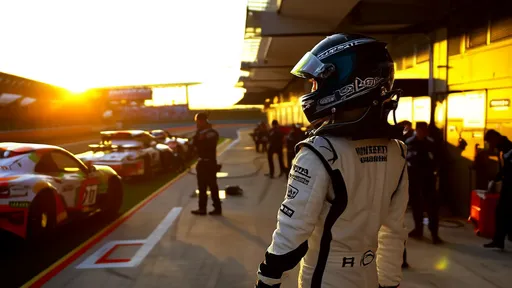
By /Jun 14, 2025
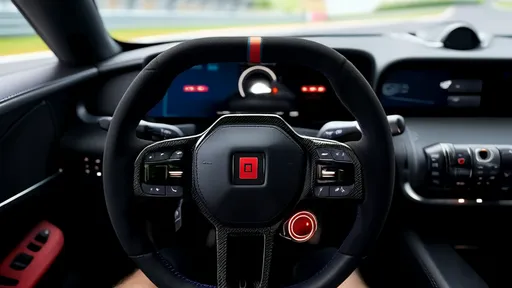
By /Jun 14, 2025
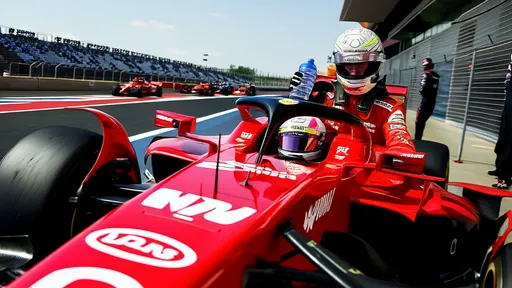
By /Jun 14, 2025
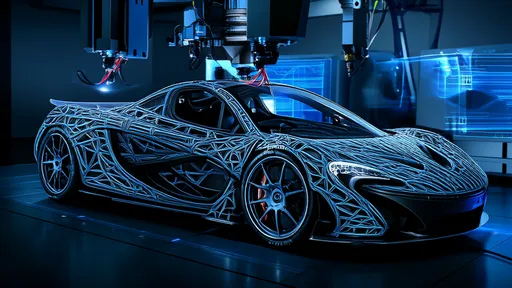
By /Jun 14, 2025
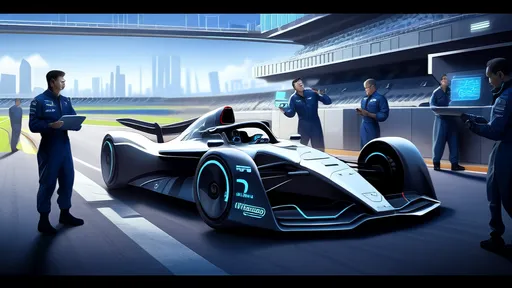
By /Jun 14, 2025
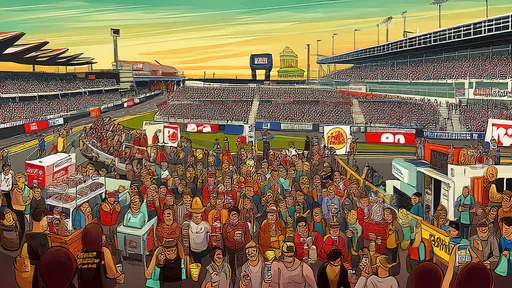
By /Jun 14, 2025
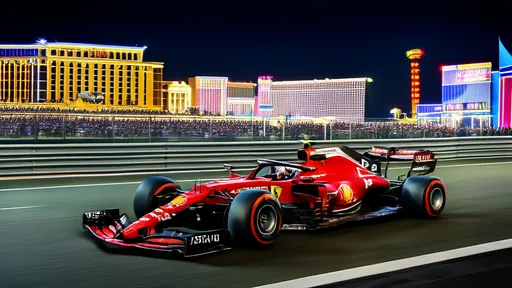
By /Jun 14, 2025
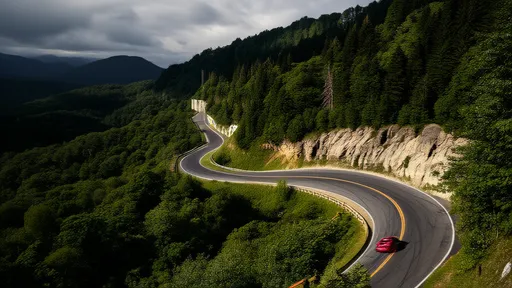
By /Jun 14, 2025

By /Jun 14, 2025
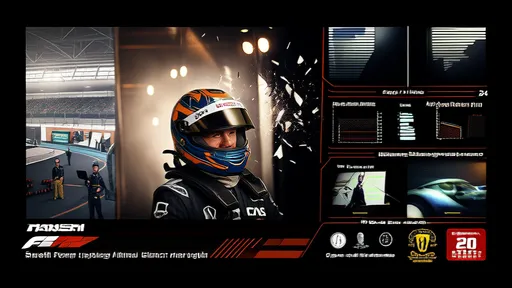
By /Jun 14, 2025
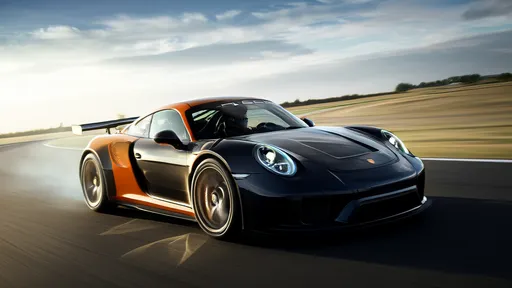
By /Jun 14, 2025
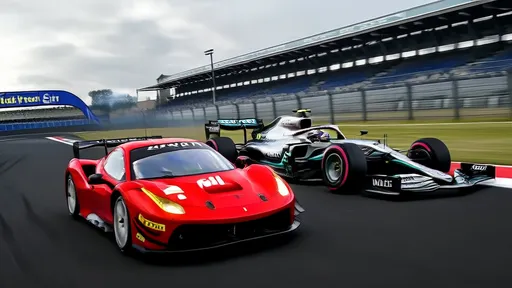
By /Jun 14, 2025
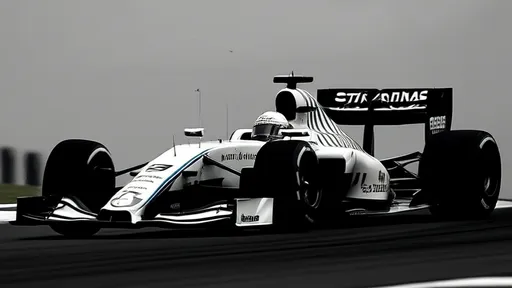
By /Jun 14, 2025
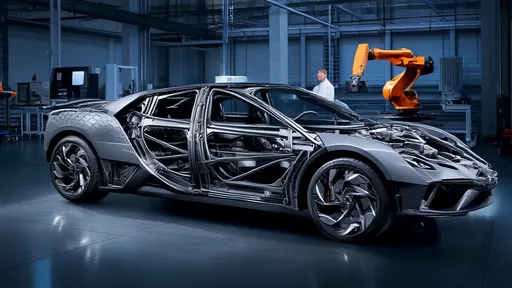
By /Jun 14, 2025

By /Jun 14, 2025

By /Jun 14, 2025
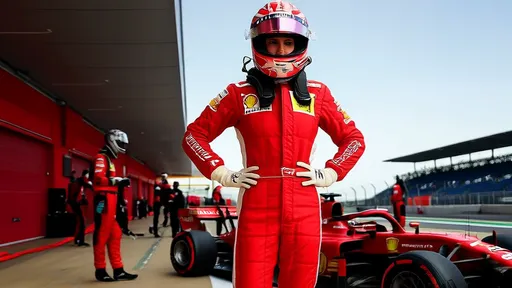
By /Jun 14, 2025